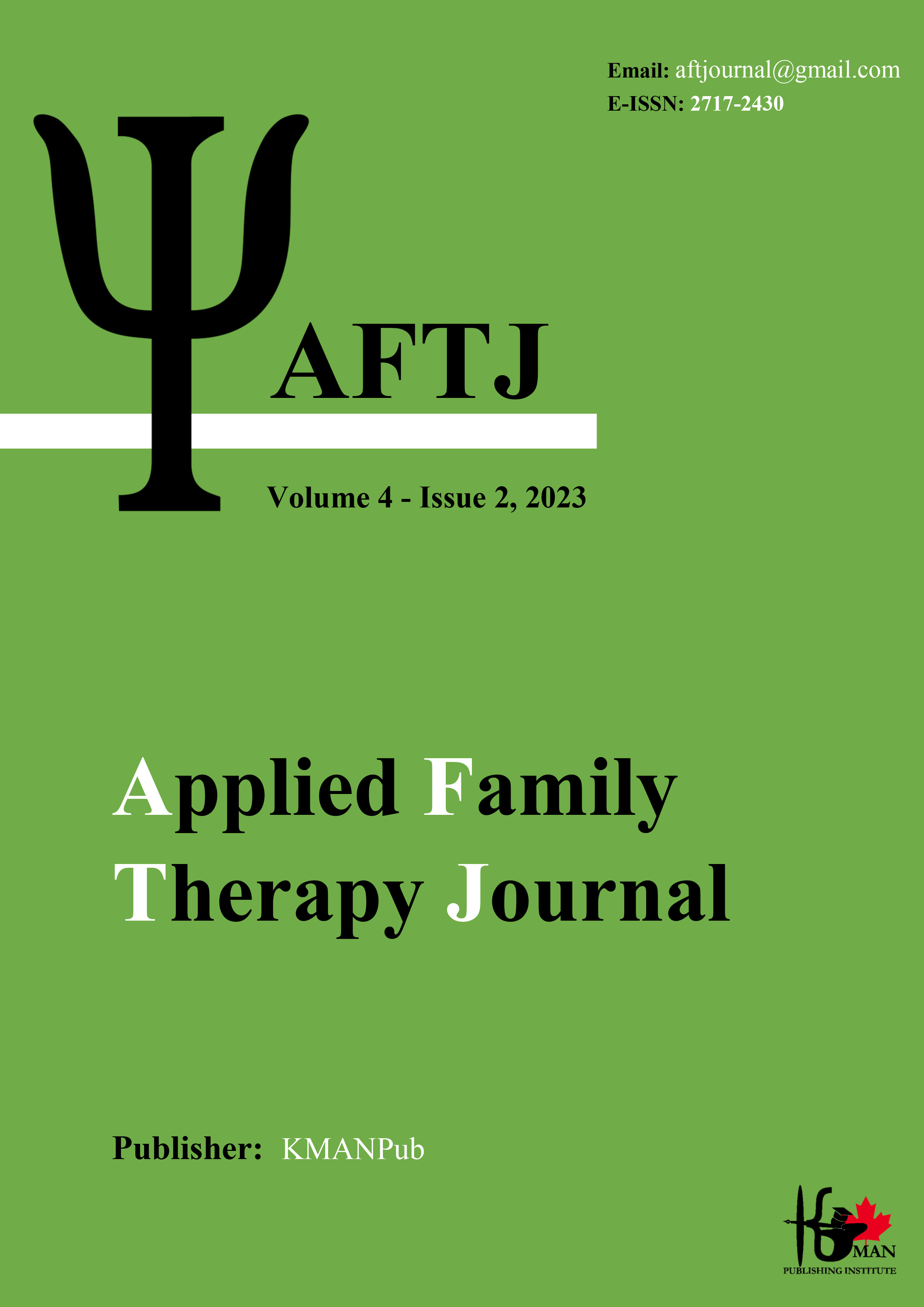Presenting the model of the functions of social networks in the control of the psychological security crisis of the family in the post-crisis stage (Khuzestan flood case study)
Keywords:
Functions of social networks, crisis control, psychological security of the familyAbstract
Aim: The purpose of the current research was to develop a model of the functions of social networks in the control of the psychological security crisis of the family (the post-crisis phase of the Khuzestan flood case study). This research was done in two parts, qualitative and quantitative. Method: in the qualitative part, by interview and grounded theory method, the components of the model of social network functions effective on the control of the psychological security crisis of the family in the post-crisis phase were categorized into 6 data networks of the foundation, including: The central phenomenon, causal conditions, contextual conditions, intervening conditions, strategies and consequences were categorized. The statistical population in the qualitative part includes academic professors specializing in crisis management and the functions of social networks, as well as experienced experts in the field of flood crisis management in Khuzestan province who are active in this field (such as managers of the crisis management organization). Sampling method in the qualitative part was obtained from saturated and targeted level equal to 20 people. In the quantitative part, the qualitative model presented in the previous part was tested by questionnaire and structural equation method. The statistical population in the quantitative part was the experts and employees of the crisis management organization in Iran. Findings: Sampling in quantitative part was obtained by simple random sampling equal to 384 people. Based on the results of the qualitative section, the identified codes were categorized into 6 main networks, 16 main components and 87 sub-components. Based on the results of the quantitative part, causal conditions with a factor load of 0.588 have an effect on the central phenomenon. The central phenomenon, contextual conditions, and intervening conditions are effective on strategies with factor loadings of 0.515, 0.309, and 0.419, respectively, and strategies are effective on outcomes with factor loadings of 0.558. Conclusion: Based on the obtained results, it is suggested that in the post-crisis phase such as Khuzestan flood, the internet should be provided to the people of the society so that they can receive news and information quickly through social networks. Society must be ready to accept social networks; Therefore, for this purpose, the government should create the necessary culture for using social networks among the people.
Downloads
Downloads
Published
Issue
Section
License

This work is licensed under a Creative Commons Attribution-NonCommercial 4.0 International License.





















